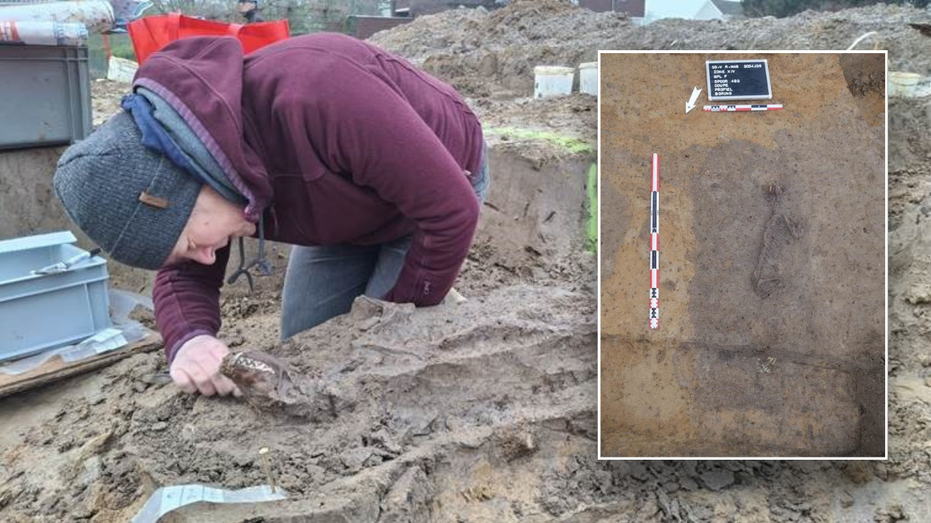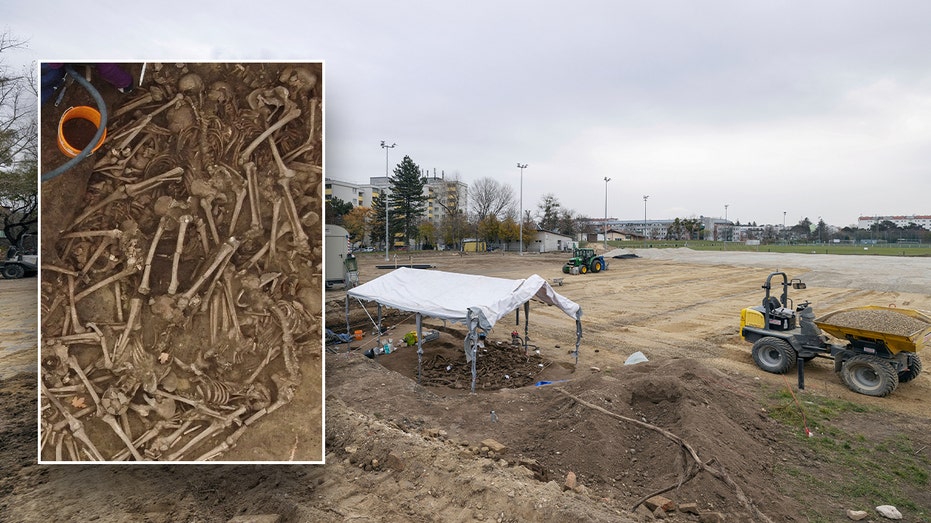- by foxnews
- 08 Apr 2025
Global Tourism Industry Continues to Boom as Busy Christmas Travel Resumes in US, Australia, Asia and Europe
The holiday season is in full swing, and for many, that means embarking on journeys to reunite with loved ones or explore new destinations. However, the festive spirit is often accompanied by the stress of navigating crowded airports, delayed flights, and long lines. This year, the travel industry is witnessing a surge in demand, particularly in regions like America, Europe, Australia, and Asia, which are experiencing a resurgence in tourism following the pandemic. While this is undoubtedly good news for the industry, it also presents challenges for travelers and highlights the need for better infrastructure and more efficient travel solutions.
- by travelandtourworld
- 25 Dec 2024
- in travel

The holiday season is in full swing, and for many, that means embarking on journeys to reunite with loved ones or explore new destinations. However, the festive spirit is often accompanied by the stress of navigating crowded airports, delayed flights, and long lines. This year, the travel industry is witnessing a surge in demand, particularly in regions like America, Europe, Australia, and Asia, which are experiencing a resurgence in tourism following the pandemic. While this is undoubtedly good news for the industry, it also presents challenges for travelers and highlights the need for better infrastructure and more efficient travel solutions.
A Global Travel Boom
The travel industry is experiencing a significant rebound, with many regions witnessing a surge in demand. In the United States, domestic travel remains strong, with millions of Americans hitting the road or taking to the skies to visit family and friends during the holiday season. International travel is also on the rise, with popular destinations like Mexico, Canada, and the Caribbean attracting a large number of American tourists.
Europe, a perennial favorite among travelers, is witnessing a similar trend. Cities like London, Paris, and Rome are teeming with tourists, eager to experience the festive atmosphere and soak in the cultural richness of these iconic destinations. The continent's efficient transportation network, coupled with its diverse attractions, makes it a popular choice for both leisure and business travelers.
Asia, too, is experiencing a travel boom, with countries like Japan, Thailand, and Singapore witnessing a surge in tourist arrivals. The region's unique cultural experiences, coupled with its stunning natural beauty, are attracting travelers from all corners of the globe. Moreover, the easing of travel restrictions in many Asian countries has further fueled the growth of the tourism sector.
Australia, known for its stunning beaches, vibrant cities, and diverse wildlife, is also witnessing a resurgence in tourism. The country's unique appeal, coupled with its robust infrastructure and welcoming culture, is attracting travelers from all over the world.
Challenges and Opportunities
While the surge in travel demand is undoubtedly a positive sign for the industry, it also presents several challenges. Overcrowding at airports and tourist hotspots, delayed flights, and long queues are becoming increasingly common, leading to frustration and inconvenience for travelers.
To address these challenges, the travel industry needs to invest in infrastructure upgrades, such as expanding airport capacity and improving transportation networks. Additionally, there is a need for more efficient travel solutions, such as self-service kiosks, automated baggage handling systems, and mobile check-in options.
The rise of technology is also playing a crucial role in shaping the future of the travel industry. Online travel agencies, travel apps, and social media platforms are empowering travelers with information and making it easier to plan and book their trips. Moreover, the emergence of artificial intelligence (AI) is transforming various aspects of the travel experience, from personalized recommendations to automated customer service.
The Human Element
Despite the increasing role of technology, the human element remains crucial in the travel industry. The quality of customer service, the warmth of hospitality, and the genuine human connection can make or break a travel experience. As the industry continues to evolve, it is essential to prioritize the human element and ensure that travelers feel valued and appreciated.
Looking Ahead
The travel industry is poised for continued growth in the coming years, driven by factors such as increasing disposable incomes, a growing global middle class, and a greater emphasis on leisure and experiential travel. However, the industry must also address the challenges associated with this growth, such as environmental sustainability and the impact of tourism on local communities.
By embracing innovation, investing in infrastructure, and prioritizing the human element, the travel industry can continue to thrive while ensuring a positive and sustainable future for both travelers and the destinations they visit.
Additional Insights
Conclusion
The travel industry is experiencing a period of significant growth, with regions like America, Europe, Australia, and Asia leading the way. While this surge in demand presents challenges, it also offers exciting opportunities for the industry to innovate and evolve. By embracing technology, prioritizing sustainability, and focusing on the human element, the travel industry can continue to thrive while ensuring a positive and enriching experience for travelers around the world.
- by foxnews
- descember 09, 2016
Ancient settlement reveals remains of 1,800-year-old dog, baffling experts: 'Preserved quite well'
Archaeologists have recently unearthed the remarkably well-preserved remains of a dog from ancient Rome, shedding light on the widespread practice of ritual sacrifice in antiquity.
read more




